Teaching YA Novels with Multiple Perspectives
By Kasey Short

These books earn the attention of students because they have multiple characters to connect to, the alternating story lines captivate readers, and the complexity of the stories mirrors the complexity of real life where there are often multiple voices and perspectives in a situation.
Some books with multiple narrators show different ways that characters are reacting to and impacted by the same situation. Other books introduce characters occupying multiple times and spaces and then bring them together to show how they connect.
Both formats encourage the reader to consider various viewpoints around the same or a connected situation. This often showcases the nuance of a situation and encourages the reader to think about things in shades of gray instead of black and white. Students develop empathy and understanding as they examine how a character’s situation, history, perspective, and more all impact their world view and ultimately their story.
These books (see my suggestions below) also enhance reading comprehension and critical thinking skills as students must keep track of different voices, points of view, and plotlines throughout the book. As they organize and analyze the various perspectives within the story, they also must make connections between them to determine the themes.
Suggested Questions
1. Which narrator do you most identify with in the story? Explain what makes you connect to that character. How does your connection impact your reading?
2. What are key elements about each of the narrators that impact their perspective. Consider their experiences, history, family, how others see them, how they see themselves, etc.
3. How are the narrators alike and how are they different? How does this impact their actions in the story?
4. If you could tell each of the narrators something about another character to help them better understand them, what would you tell them?
5. What do you think the various narrators agree and disagree about?
6. What do you think causes different characters to react to similar situations differently?
Suggested Activities
► Comic Strip: Create a comic strip that shows the different narrators interacting with each other. Use what you know about them to create realistic interaction.
► Character Timeline: Create a timeline for each character, plotting key events and experiences in their lives. (This visual representation can help students understand how a character’s past shapes their current perspective and actions.)
► Group Discussions: Divide the class into small groups, with each group focusing on a specific character. Have them discuss the story from that character’s viewpoint, exploring how the events and other characters are seen through their eyes. Then bring the groups together for a larger discussion where they can share their findings about all the characters.
► Character Interviews: Students work in groups to conduct interviews of the various characters and then examine the similarities and differences in the answers they’ve devised.
► Role Reversal: Students examine a scene that is told from one character’s perspective and then recreate the scene from the perspective of a different character who’s not represented in that situation.
► Debate: Students take on the role of different characters and debate different events/circumstances/viewpoints in the story based on their character’s perspective.
Book Suggestions
The Lost Year by Katherine Marsh
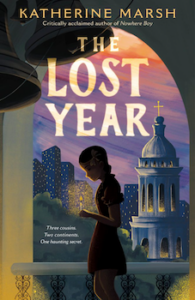
Wildoak by C. C. Harrington
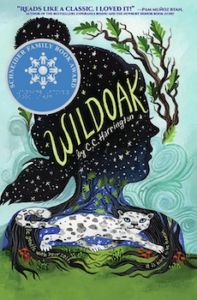
All American Boys by Jason Reynolds and Brendan Kiely
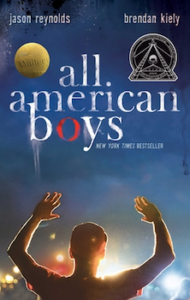
Global by Eoin Colfer and Andrew Donkin, illustrated by Giovanni Rigano
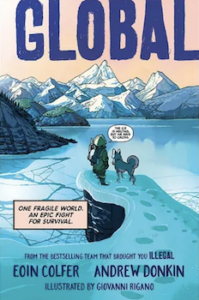
Mascot by Traci Sorell and Charles Waters
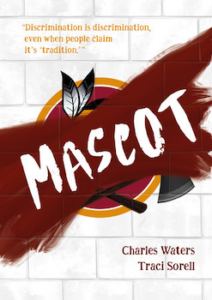
Other Suggestions
Your Heart My Sky by Margarita Engle, Enter the Body by Joy McCullough, A Place at the Table by Saadia Faruqi and Laura Shovan, Takedown by Laura Shovan, Team Chu and the Epic Hero Quest by Julie C. Dao, Refugee and Ground Zero by Alan Gratz, Same Sun Here by Silas House and Neela Vaswani, Blackbird Girls by Anne Blankman, Lily and Dunkin by Donna Gephart, Crossover by Kwame Alexander, Save Me a Seat by Sarah Weeks and Gita Varadarajan, Pax by Sara Pennypacker, The CandyMakers by Wendy Mass, and A Thousand Questions by Saadia Faruqi.
Kasey Short (@shortisweet3) is the Middle School Director of Studies and an 8th Grade English Teacher and Advisor at Charlotte (NC) Country Day School. Kasey loves to share ideas from her classroom and her leadership roles and writes frequently for MiddleWeb. She attended the University of North Carolina at Chapel Hill and earned a bachelor of arts in middle school education with a concentration in English and history. She went on to earn a master’s in curriculum and instruction from Winthrop University.































Good suggestions for expanding curriculum and learning